Persistent smell from polyurethane
karinl
13 years ago
Featured Answer
Sort by:Oldest
Comments (16)
brickeyee
13 years agokarinl
13 years agoRelated Professionals
Oakland Park Cabinets & Cabinetry · Hempstead Carpenters · St. Johns Carpenters · Tucson Carpenters · American Fork Flooring Contractors · Auburn Flooring Contractors · Fort Walton Beach Flooring Contractors · Glendale Flooring Contractors · Kalamazoo Flooring Contractors · Little Rock Flooring Contractors · Miami Flooring Contractors · Mount Vernon Flooring Contractors · Redmond Furniture & Accessories · Sioux Falls Furniture & Accessories · Sudbury Furniture & AccessoriesUser
13 years agoaaa.ron
13 years agobrickeyee
13 years agoUser
13 years agokarinl
13 years agobrickeyee
13 years agojem199
13 years agoUser
13 years agokarinl
13 years agojem199
13 years agokarinl
13 years agokarinl
13 years agosomeone2010
13 years ago
Related Stories

HEALTHY HOME6 Tips From a Nearly Zero-Waste Home
Lower your trash output and increase your quality of life with these ideas from a mom who did it to the max
Full Story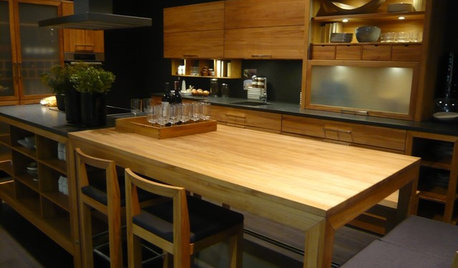
KITCHEN DESIGNSpecial Report: Kitchen News from Cologne
Blended Kitchen-Living Rooms, Super-Skinny Counters and Hidden Appliances Are Headed This Way
Full Story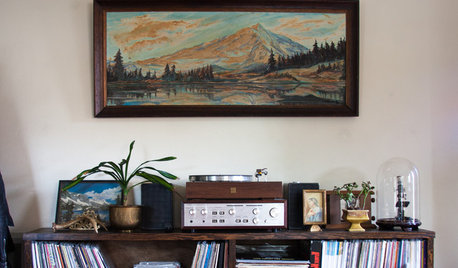
LIFEYou Said It: ‘Each Piece Has a Story’ and More Words From the Week
Whether beating paper to a pulp or hanging glass plates as shed windows, Houzzers showed off amazing ingenuity this week
Full Story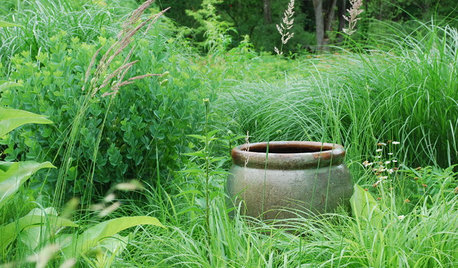
GARDENING GUIDES5 Invaluable Life Lessons From the Garden
The garden is both teacher and healer. Don't be afraid — dig in and reap the benefits
Full Story
INDUSTRIAL STYLEMy Houzz: From Raw Space to Hip Home in a Converted Utah Garage
Creative repurposing with an industrial edge defines the first home of an engaged couple in Salt Lake City
Full Story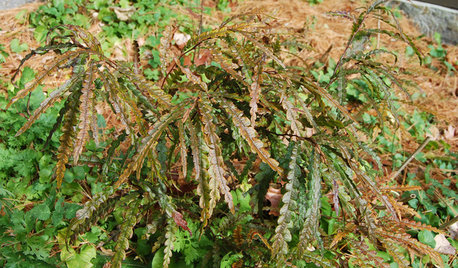
GARDENING GUIDESGreat Design Plant: Comptonia Peregrina
Though not a fern, sweet fern sure smells sweet and thrives in tough spots where many shrubs and ferns cannot
Full Story
FLOWERS5 Sensational Flowering Vines for Warm Climates
Splash your garden with bright tropical color from late summer through fall with these showy trailing and climbing beauties
Full Story
GARDENING GUIDESWhat Kind of Roses Should You Grow?
Want to add the beauty of roses to your garden? Find out which ones, from old-fashioned to modern, are right for you
Full Story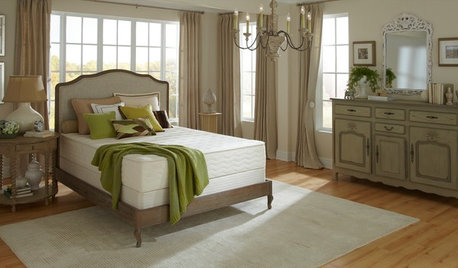
HOUSEKEEPINGHow to Clean and Care for Your Mattress
See what the experts recommend to protect your mattress from dust, moisture and stains
Full Story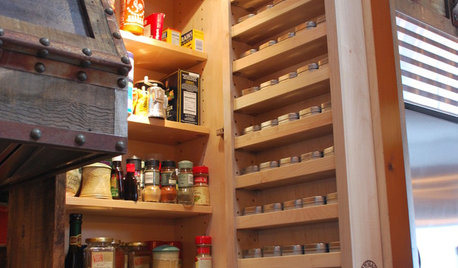
KITCHEN DESIGN7 Steps to Pantry Perfection
Learn from one homeowner’s plan to reorganize her pantry for real life
Full Story









macv